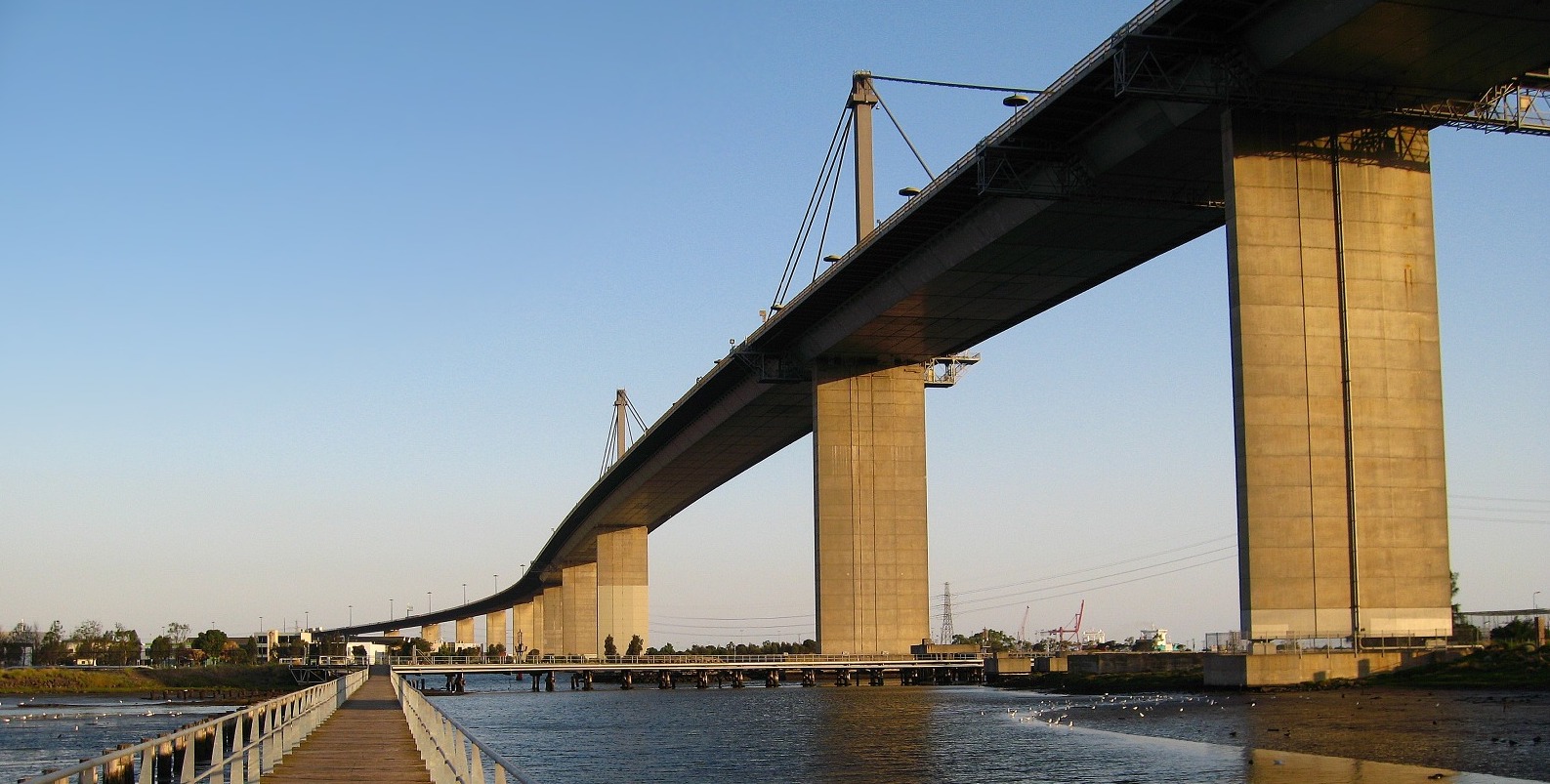In examining the OHS issues involved in the West Gate Bridge disaster, we have focused on what we call a ‘political economy’ approach. This method situates disasters, and safety incidents more generally, within the broader structures of capitalism. In his book on ‘pathways’ to disaster, Michael Quinlan adopts a three-pronged political economy approach, in which the social relations of capitalism:
- Affect the ‘form and scope (including work safety, labour and social protection legislation) of safety’.
- Influence ‘enforcement by the regulator or inspectorate, judiciary, coronial and other investigative bodies’.
- Shape ‘levels of influence businesses, unions and other interest groups can exert on governments’ (Quinlan, 2014: 24).
This way of thinking challenges unitarist OHS approaches that assume employers, employees and governments have shared safety concerns, can safely self-regulate, and will adopt participative practices that promote safe outcomes (Robens Committee, 1972).
Capitalist social relations include ‘the distribution of wealth and power within societies, and dominant social policy paradigms that privilege markets and profit, production or economic growth over safety’ (Quinlan, 2014: 24). In our research, we also attempt to show how workplace conflict over safety is commonly obscured or misconstrued to downplay worker concerns. In Australia, this is borne out, for example, in the traditional separation of IR and OHS legislative regimes. Any blurring of regulatory boundaries between IR and OHS regimes is often resisted by employer groups who insinuate that unions use OHS concerns to further other industrial claims (Gregson et al, 2015). Unsurprisingly, this separation has largely benefited employers, given legislative provisions and enforcement mechanisms have never been sufficient to overpower management prioritising production schedules and, in that environment, workplace action against unsafe conditions has been sporadic (Creighton and Rozen, 2017: 20-22).
Recent scholarly attention to workplace disaster has challenged limited notions that most cataclysmic events occur by chance, accidental human error, or some combination of both, and can be characterised as ‘largely unavoidable byproduct[s] of capitalist production’ (Bittle and Lippel, 2013: 2). Our arguments are based on a paradigm that workplace disasters are ‘caused’ and that, while individual actions and decisions may play a role, contextual factors offer more profound insights. Accurately analysing the causes of disaster is fundamental to pursuit of amended regulation, more targeted oversight and, ultimately, reduction in or prevention of future workplace injury and death.
We argue that a political economy approach offers a compelling contextualisation of the West Gate disaster and the Royal Commission investigation and findings. We focus not simply on what engineering flaws emerged, or which errors were made, but the structures and processes that led to these problems — or created an environment where problems were obscured or ignored.
***
For the full-length account of this work, see our forthcoming publication: Gregson S and Humphrys E (2020) ‘The West Gate Collapse: How Disaster Happens’, in Sheldon P, Gregson S, Lansbury R and Sanders K (eds) The Regulation and Management of Workplace Health and Safety: Historical and Emerging Trends, Routledge.
***
Bittle S, and Lippel K (2013) Recent Trends in Corporate Criminal Liability. Policy and Practice in Health and Safety 11(2): 1-7.
Creighton B and Rozen P (2017) Health and Safety Law in Victoria. 4th edition, Annandale: Federation Press.
Gregson S, Hampson I, Junor A, Fraser D, Quinlan M and Williamson A (2015) Supply chains, maintenance and safety in the Australian airline industry. Journal of Industrial Relations 57(4): 604-623.
Quinlan M (2014) Ten Pathways to Death and Disaster: Learning from Fatal Incidents in Mines and Other High Hazard Workplaces. Annandale: Federation Press.
Robens A (1972) Safety and Health at Work: Report of the Committee, 1970-1972, Great Britain Committee on Safety and Health at Work, HMSO, London.
***
Image: Kham Tran
